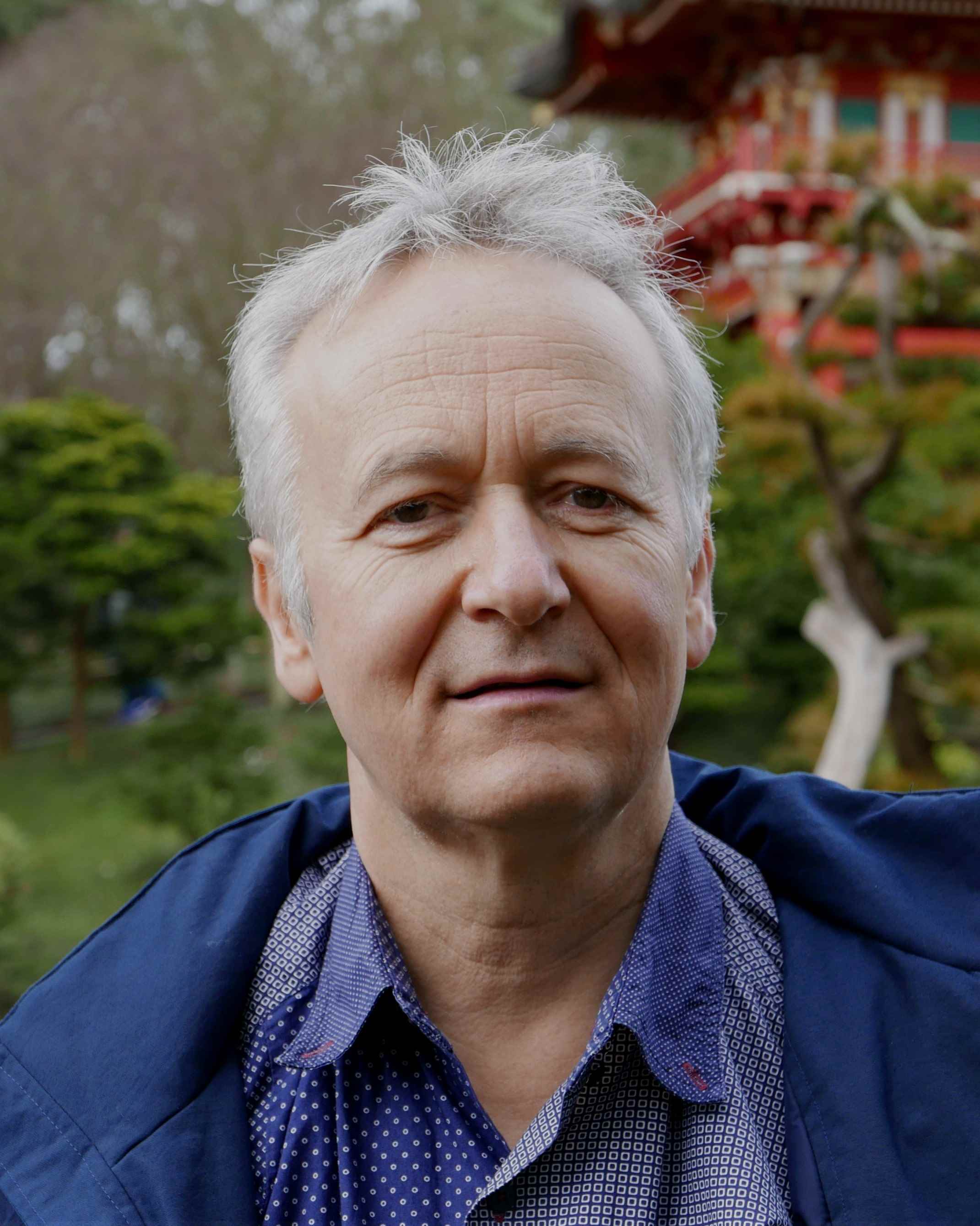Objectives
The objective of this course is to provide students with the basic tools to describe the structure and properties of crystalline materials. The course starts by the crystallographic description of crystalline matter and the presentation of associated characterisation techniques. The second part focuses on the structure of ionic crystals and the deviations from a perfect crystal, in order to understand the relationships between crystalline solid structure and physical propertiesSyllabus
- Solid state crystal: periodic lattices - symmetries- point symmetry groups and space groups
- X-ray crystallography: reciprocal network - structure factor - structure resolutions - diffuse diffusion - experimental methods
- Crystal structures: ionic and covalent crystals
- Point defects - extended defects - ionic conductivity
- Disorder in crystals
- Quasicrystals
- Structure/property relationship: Curie principle
- Piezoelectric and ferroelectric materials
Tutorials
- Structure, properties and synthesis of perovskites
- Local atomic structure in glass oxides
- solids electrolytes
- metallurgy
- characterization of disordered materials by X-ray diffusion
Laboratory sessions
This course also includes a practical section on the synthesis of crystalline solid materials (ceramics for electronics, mesoporous silica by sol-gel procedure, zeolites, ferrofluid, gold plasmonic nanoparticles and quantum dots) and characterisation of the materials synthesised (X-ray diffraction on monocrystal and powder, scanning electron microscope, BET, electric, magnetic and optical techniques).
Requirements : Group theory - Fourier transform
Evaluation mechanism : written examination: multiple choice problem and general problem
Last Modification : Tuesday 28 March 2017


